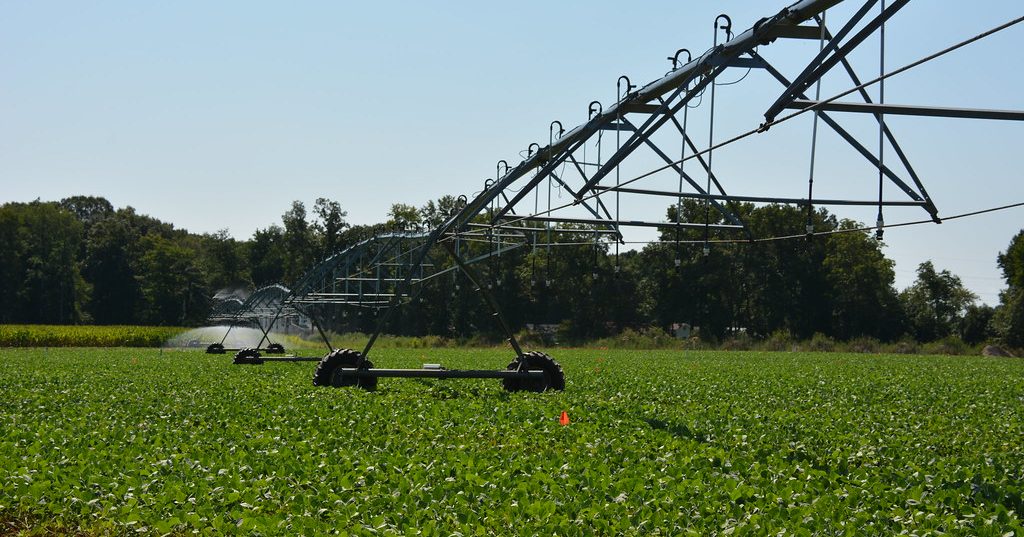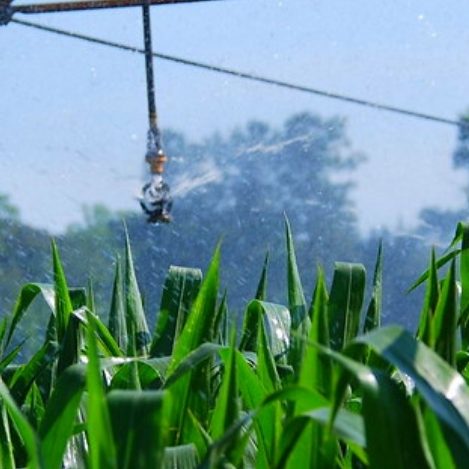
Irrigation
- Health & Well-being
-
Agricultural Programs
- Agribusiness
- Animal Science
- Beginning Farmer Program
- Commercial Crops
- Commericial Horticulture
- Delaware Soil Testing Program
- Disease Management
- Farm Vitality and Health Project
- Irrigation
- Nutrient Management
-
Insect Pest Management
- Insect Trapping Program
- IPM Hot Topics
- Commercial Field Crop Insect Management
- Commercial Field Crop Disease Management
- Commercial Fruit & Vegetable Crop Pest Management
- EIPM Implementation Projects
- Pollinators
- Research and Extension Demonstration Results
- Brown Marmorated Stink Bug (BMSB) Management, Research, and Resources
- Publications
- Pesticide Safety Education Program
- UD Plant Diagnostic Clinic
- Variety Trials
- Weed Science
- Certified Crop Advisor Program
- Poultry Biosecurity
- 4-H
-
Horticulture
- Climate Variability and Change
- Delaware Soil Testing Program
- Forestry
- Lawn and Garden
- Master Gardeners
- Master Naturalist Program
-
Nutrient Management
- Nutrient Management Certification
- Continuing Education for Nutrient Management
- Nutrient Management Planning Resources
- Commercial Nutrient Handler Resources
- Poultry Litter and Manure Management
- Turf Management
- Agriculture Notebook
- Horticulture Handbook
- Agriculture & Horticulture Handbooks
- Crop Production
- Soil Fertility
- Delaware Climate Change Coordination Initiative (DECCCI)
- Salt Impacted Agricultural Lands

With more than 125,000 acres of irrigated farmland (25% of total farmed acres) in Delaware, irrigation is an essential part of our agricultural economy.
Shared knowledge makes a difference
Farmers are continually looking for new technologies to improve irrigation efficiency, minimize adverse environmental effects and maximize yields. Too much irrigation can adversely influence crop yields, leach nutrients and waste water, while too little can reduce yields, concentrate nutrients in the soil and affect watershed quality.
At the Carvel Research and Education Center in Georgetown and the Warrington Irrigation Research Farm in Harbeson, extension professionals, scientists, engineers and researchers continue to look for ways to improve irrigation efficiency and respond to the need for expanded irrigation resources.
This shared knowledge allows farmers to learn their local soil characteristics and the most effective way for crops to utilize the applied water and improve nutrient use efficiencies. Cooperative Extension also offers growers site instruction on system calibration, irrigation scheduling, in-depth reviews of high-tech moisture sensor equipment and testing of advanced irrigation techniques.
Watch & Learn
Video for Sensors-The Good and Bad: youtube.com/watch?v=Cw9oEiIoGjc
Sensors: The Good and Bad (2019)
Sensor technologies can improve management through more accurate and timely assessment of crop status, soil water status, and many other facets of agronomic production. Explosive advancements in technology and network connectivity in recent years have made the use of extensive and highly advanced sensor systems possible. This session will focus on which sensor strategies are most appropriate for various types of plant, soil, and water measurement, on new and innovative sensor systems, and on the challenges of data management.
Video on the Costs and Benefits of Irrigation in Field Crops: youtube.com/watch?v=Wu2KJl-FgzM
Costs and Benefits of Irrigation in Field Crops (2017)
The capital costs to install irrigation are highly variable depending on irrigation type, field size, water source and geography. This session will weigh the initial setup and operation costs versus the potential yield increases. Application efficiency, pumping costs, management time and maintenance will be quantified followed by a detailed discussion of the qualitative benefits/costs.
Instructors: Dr. Cory Whaley and Mr. James Adkins, University of Delaware
Video on Practical Experiences in Farm Drainage Design and Installation: youtube.com/watch?v=WJFt2zxvL0o
Practical Experiences in Farm Drainage Design and Installation (2019)
From spinner ditches and swales to land forming and pattern tiling, the options to improve agricultural drainage can be overwhelming and costly. Many factors come into play when determining the best method to solve complex drainage issues with minimal environmental impact. Modern precision ag systems provide valuable information for drainage planning without the additional expense associated with elevation surveys. This session will discuss the practical side of drainage design and installation and how to take advantage of modern technology and existing data.
Video for Subsurface Irrigation at UD's Warrington Farm: youtube.com/watch?v=9F6yIfNt4i4
Subsurface Irrigation at UD's Warrington Farm (2012)
Irrigation Engineer James Adkins presents an overview to touring members who attended the Delaware Soybean Field Tours, sponsored by Delaware Soybean Board and hosted by the University of Delaware Carvel Research and Education Center. The 18-acre Warrington Farm in Harbeson is the site for a 2012 research project on subsurface irrigation.
Program contacts
The University of Delaware is an Equal Opportunity Institution and Provider. Visit UD’s Office of Equity & Inclusion to learn more.
Additional Links
531 South College Avenue Newark, DE 19716 (302) 831-2501

